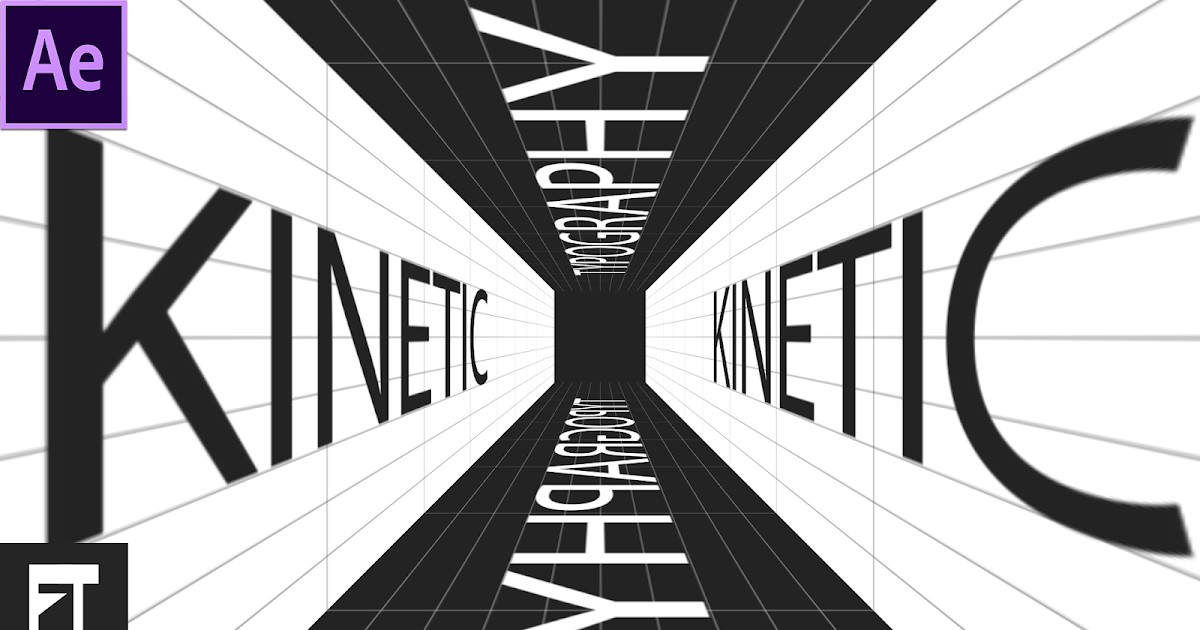

- #AFTER EFFECTS TEXT ANIMATION POP HOW TO#
- #AFTER EFFECTS TEXT ANIMATION POP PRO#
- #AFTER EFFECTS TEXT ANIMATION POP SERIES#
#AFTER EFFECTS TEXT ANIMATION POP PRO#
Effects you can use for animations in Premiere Pro There are also plenty of title animations that are great for overlaying on top of your footage. In the essential graphics panel, you can find credit sequences to more complex animations such as glitch effects. You can import presets from the Adobe Creative Cloud library as well as export custom premiere pro text animations that you make. You can edit and customize these text templates to your liking as you would the basic text in Premiere Pro.
#AFTER EFFECTS TEXT ANIMATION POP SERIES#
On the right-hand side of these workspaces are a series of templates that can be dragged right onto your timeline. These animated templates can be accessed by going to Window > Workspaces > Captions and Graphics. There are plenty of premiere pro templates as well as after effects templates located right inside Premiere Pro. Luckily, you don’t have to be a master at After Effects to create incredible text animation effects. In After Effects, you can utilize the incredible and more advanced text effects that After Effects has to offer.

Adobe After Effects is part of the Adobe Creative Cloud library and syncs beautifully with Adobe Premiere Pro. More complex text movement is better suited for a program such as After Effects. Things such as Opacity, Alignment, Drop Shadow Position, and many more can all be animated using keyframe animations. These keyframe effects can be done to pretty much any effect in Adobe Premiere Pro. If you want a smoother transition from one area to the next, right-click on your first keyframe and go to Temporal Interpolation > Ease In and then go to the last keyframe and go to Temporal Interpolation > Ease out. Adding keyframes this way allows you to set the spatial interpolation as well as the temporal interpolation. If you want more control of your keyframes though, it’s best to add them using the effects control panel. Upon playback, your text will now move from one position to another - it’s that simple! Doing this will create another keyframe inside of your timeline. Then, position your text to your desired on-screen position. To add another keyframe, move your playhead forward. Keyframes can be moved around and manipulated depending on what it is you want to do with them. This can also be done by clicking on the stopwatch icon next to the position numbers.ĭoing this in either panel will create a keyframe, indicated by a diamond icon within the timeline inside of the effects control panel. In the Essential Graphics panel, this can be done by adding a keyframe by clicking on the arrow icon next to the position numbers. Text can either be animated within the essential graphics panel or within the effects controls panel depending on the type of animation.įor this example, let’s say you want to animate the position of your text. Once you’ve created your text using the type tool (T), go to the essential graphics panel ( found underneath the Captions and Graphics workspace) to start the animation process on your text. Text animation in Premiere Pro is done using something known as a keyframe. Videos for platforms like TikTok and Instagram may also use flashy subtitle text to draw people in. Text in advertisements can be used for lower thirds, letting viewers know the person’s name and occupation when they appear on the screen.

The text style in these scenarios tends to be more boisterous and flashy. UI Huds, for instance, in films such as Iron Man use text for informational purposes.Ĭommercial and social media creators are more likely to use text in order to enhance the content seen on screen. However, there are definitely areas where filmmakers can use text creatively. Text might only be used for the opening title and credits, barring a few exceptions. The text you use depends entirely on the type of content you’re looking at creating.Ī filmmaker, for instance, is most likely going to use text sparingly in Adobe Premiere Pro. It can be used in tutorials to emphasize a point to your viewers, used to grab audiences’ attention at the start of the video, or generally used to get as much information out on screen as possible.Īnimated text can range from simple title screens or credits to complex motion graphics with colorful fonts. Creating text animations from start to finishĪnimated text is a great tool to get information across to your audience. Note: With Simon Says, you can add quickly add subtitles and captions to your videos in Premiere Pro.
#AFTER EFFECTS TEXT ANIMATION POP HOW TO#
This beginner’s Adobe Premiere Pro tutorial for both Mac and Windows devices will cover how to animate text and work with motion graphics templates. With today’s video editing tools, it has never been easier to apply text animations to videos In some cases, it can also make your content look more professional. Adding animation to text can elevate content to new heights.


 0 kommentar(er)
0 kommentar(er)
